When the campaign to create the multi-million-pound Aberdeen Rapid Transit (ART) scheme was launched in November, transport chiefs insisted they saw it as “more than just a bus”.
Indeed, the director of the regional transport body Nestrans said he envisioned the future of the ART system as “almost tram-like in its operation”.
However, passengers might very well end up riding “just a bus” after all.
All artist’s impressions so far have shown modern, sleek vehicles similar to those used in the successful £90 million Belfast Glider system.
But new recommendations have been made to ditch plans for a new fleet of top-of-the-range specialised vehicles for the project, and instead simply rebrand the livery of existing buses in Aberdeen.
What is the idea behind Aberdeen Rapid Transit?
Those behind the ART plans want to drastically increase public transport usage in Aberdeen by offering a reliable, quick service that criss-crosses the Granite City.
Initial plans show two main routes — one going from the Bridge of Don to Westhill, and another from Craibstone to Portlethen, intersecting in the city centre.
The ART proposals have suggested off-vehicle ticketing, infrequent stops, and increased road priorities for the system.
These factors and others have been designed in order to make it more efficient than typical bus services, and an attractive alternative to just taking the car.
The ultimate goal is anyone would be able to turn up at an ART stop, and never have to wait more than a few minutes to jump on board.
A crucial part of the initial plans had been specialised vehicles to take advantage of the improved infrastructure and loss of waiting times in picking up and dropping off passengers.
These wheeled vehicles would be similar to the Belfast Gliders and work in practice like trams, with multiple doors for exit and entry, air conditioning, and a high capacity for passengers.
Nestrans board members even visited Belfast to see the Glider vehicles in action.
But new proposals could see these ideas for these new vehicles binned in favour of traditional buses to save cash.
What are the latest proposals?
The transport body Nestrans, which is leading the campaign to make the ART a reality, has published the results of a detailed options appraisal it carried out to decide the best route forward for the scheme.
Two options from this expansive appraisal have been recommended for the Nestrans board to progress to the next stage, called an outline business case.
If the board agrees to move forward with the recommendations, the two options would be looked at with even more scrutiny.
Here are the key differences from the initial information available about both options, including pros, cons, estimated costs, and the time they would take for delivery.
Option one: An ART with specialised vehicles
This plan would include all the new infrastructure, like new “platform-style” stops for the system, as well as 32 of the the fancy new vehicles.
Nestrans says it would achieve increased speeds and journey time consistency, and connect with the wider bus network.
It estimates that with the new machines, the system could offer speeds of more than 12 miles per hour on all sections, and up to 15.5 mph in some areas.
To put it into context, Nestrans estimates that with this option fully operational, the ART would make it so an extra 27,000 north-east residents would be able to get to Aberdeen Royal Infirmary within an hour using solely public transport.
But, there would be downsides.
For one, the approach would likely require the councils to grant exclusive rights to companies to operate the services under franchise agreements, which would “specify frequencies, fares and standards of services”.
The Nestrans papers say that by going along the franchise route, it may take a total of seven years for ART to be fully delivered.
It would also come with a hefty price tag.
The infrastructure costs alone would be “in the region of £215 million”, which would include work like changing the existing roads network to make way for ART.
Buying the 32 tram-style vehicles would cost £22.5 million.
And set-up costs for franchising would come with all sorts of management and administration costs, which would “depend on the extent of legal challenges”, but initial estimates are between £200,000 and £300,000.
Option two: An ART with repurposed buses
The second option would be a cheaper approach that could bring about an ART system on a faster timescale.
But, it would not tick as many boxes for quality and efficiency of service as option one.
Similar to the first option, it would include big changes to prioritise infrastructure in and around Aberdeen for the ART.
But, instead of 32 new tram-like vehicles, it would use “conventional zero emission vehicles provided by bus operators through their existing or planned upgrades to their fleet, branded as ART”.
Although the changes could result in improved journey times, they would be “less than the desired” aim of 15.5mph in speed that the multi-doored, tram-like vehicles would offer.
It would be delivered through what’s called a bus service improvement partnership (BSIP), in agreement with local bus operators.
Nestrans says that developing a BSIP would only take between nine and 12 months from initial discussions to actually starting the scheme — meaning this option could be delivered much, much sooner than option one.
The infrastructure costs would be £200 million.
It would be around £7.5 million to buy additional buses for the ART transport corridors, and establishing a BSIP would be about £50,000.
What’s next for the Aberdeen Rapid Transit project?
The Nestrans board will next week meet to consider and discuss both options, which have both been recommended for progressing for an even more in-depth analysis.
If the recommendations are approved, then outline business case work would be carried out, to identify the most effective way to make the ART dream a reality.
Work will also be carried out to secure funding from the Scottish Government to progress the project.
More on Aberdeen Rapid Transit:
- What can Aberdeen’s proposed £150 million rapid transport network learn from the Belfast Glider?
- A ‘No brainer’ or ‘Insanity on steroids’? Readers react to Aberdeen Rapid Transit plans
- ‘More than just a bus’: Wheels in motion for £150 million Aberdeen Rapid Transit plan
- You can visit the official ART website and give feedback to Nestrans here.
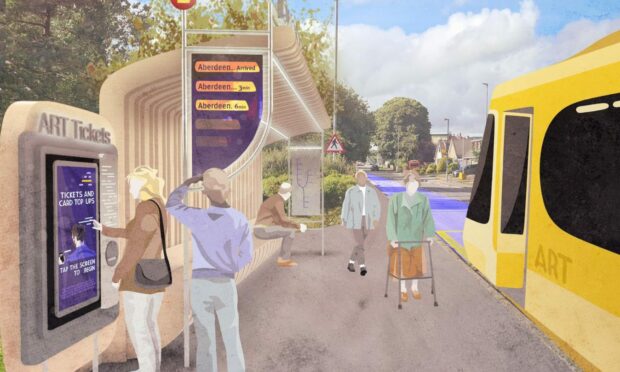
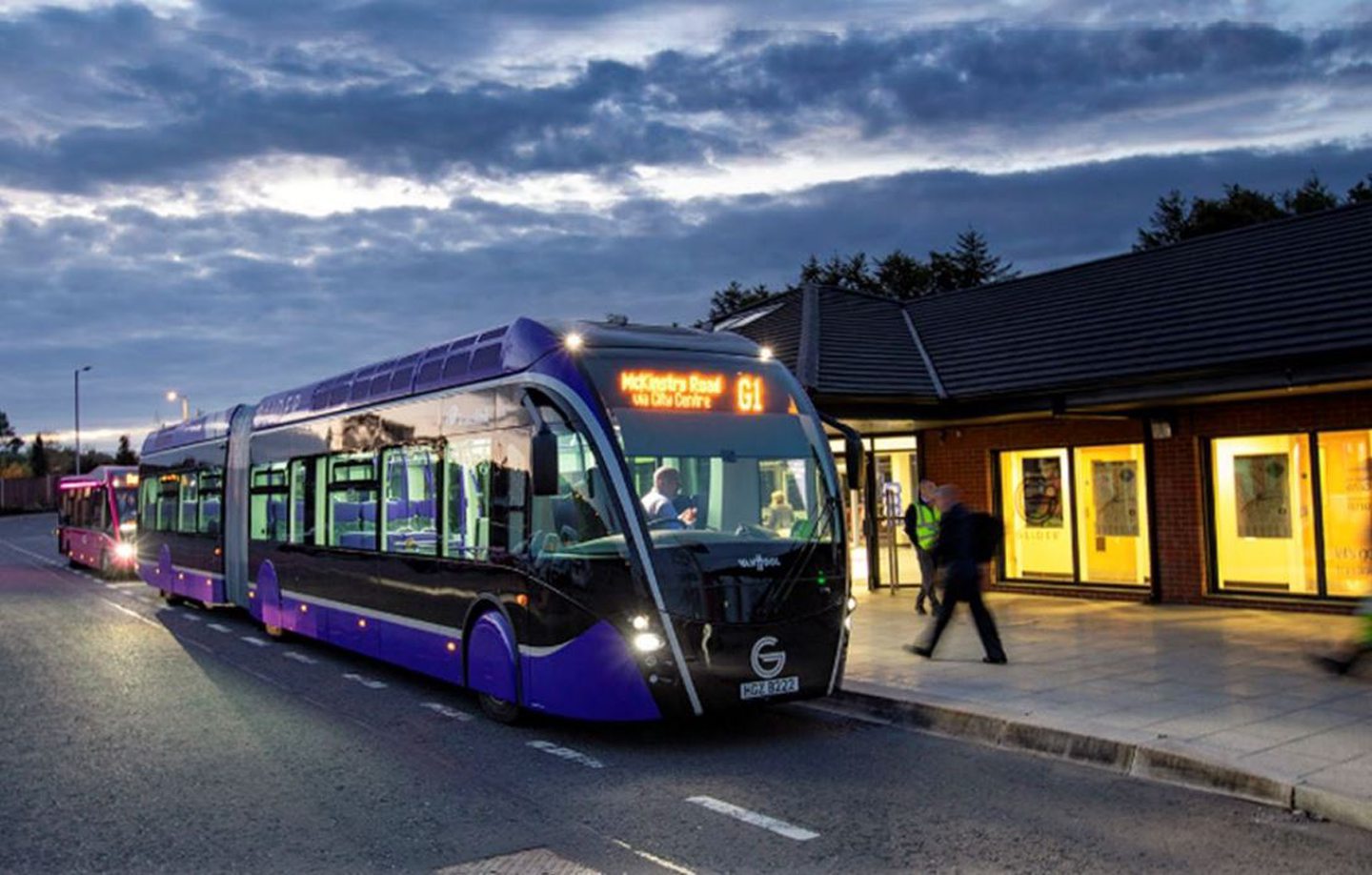
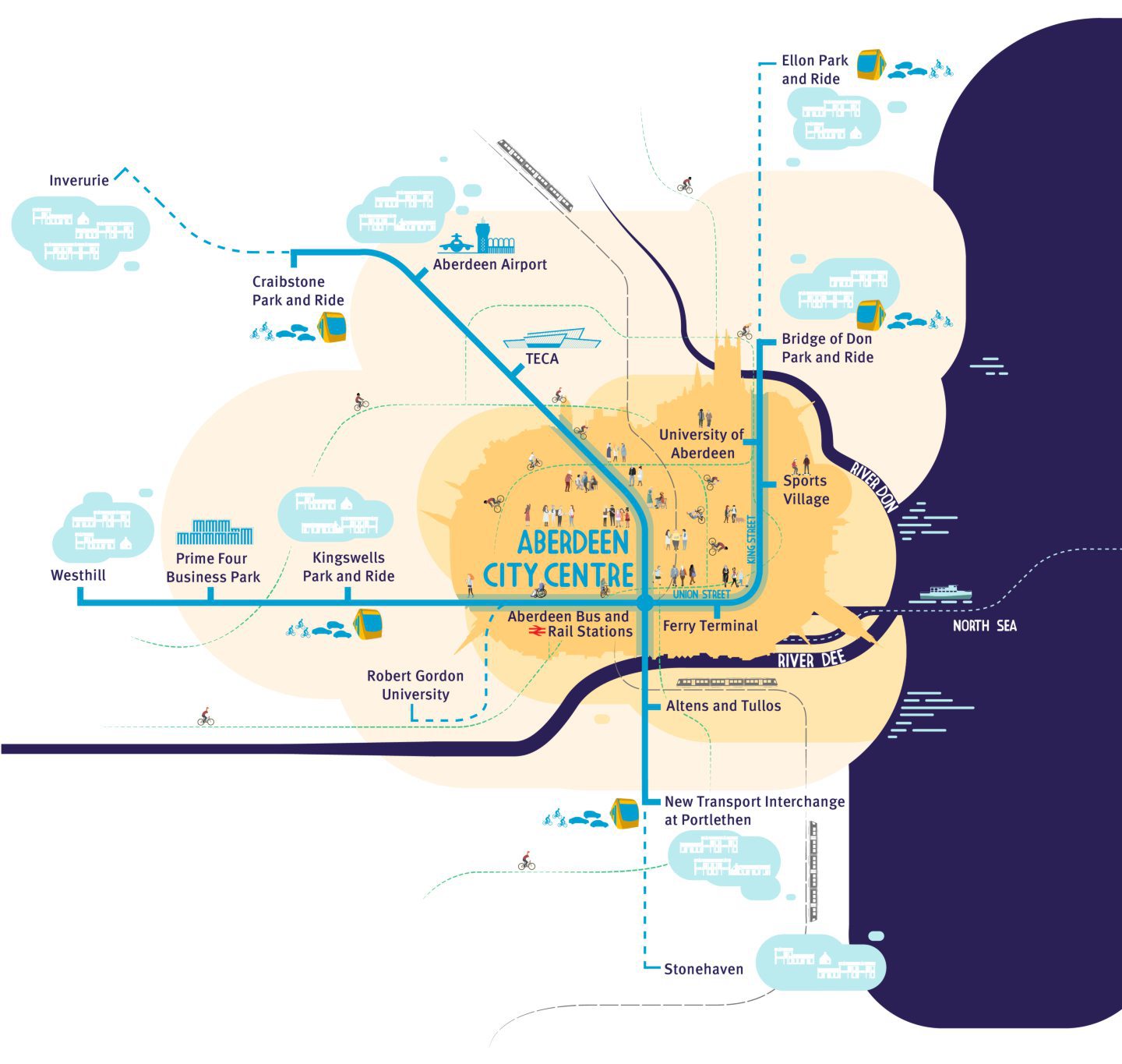
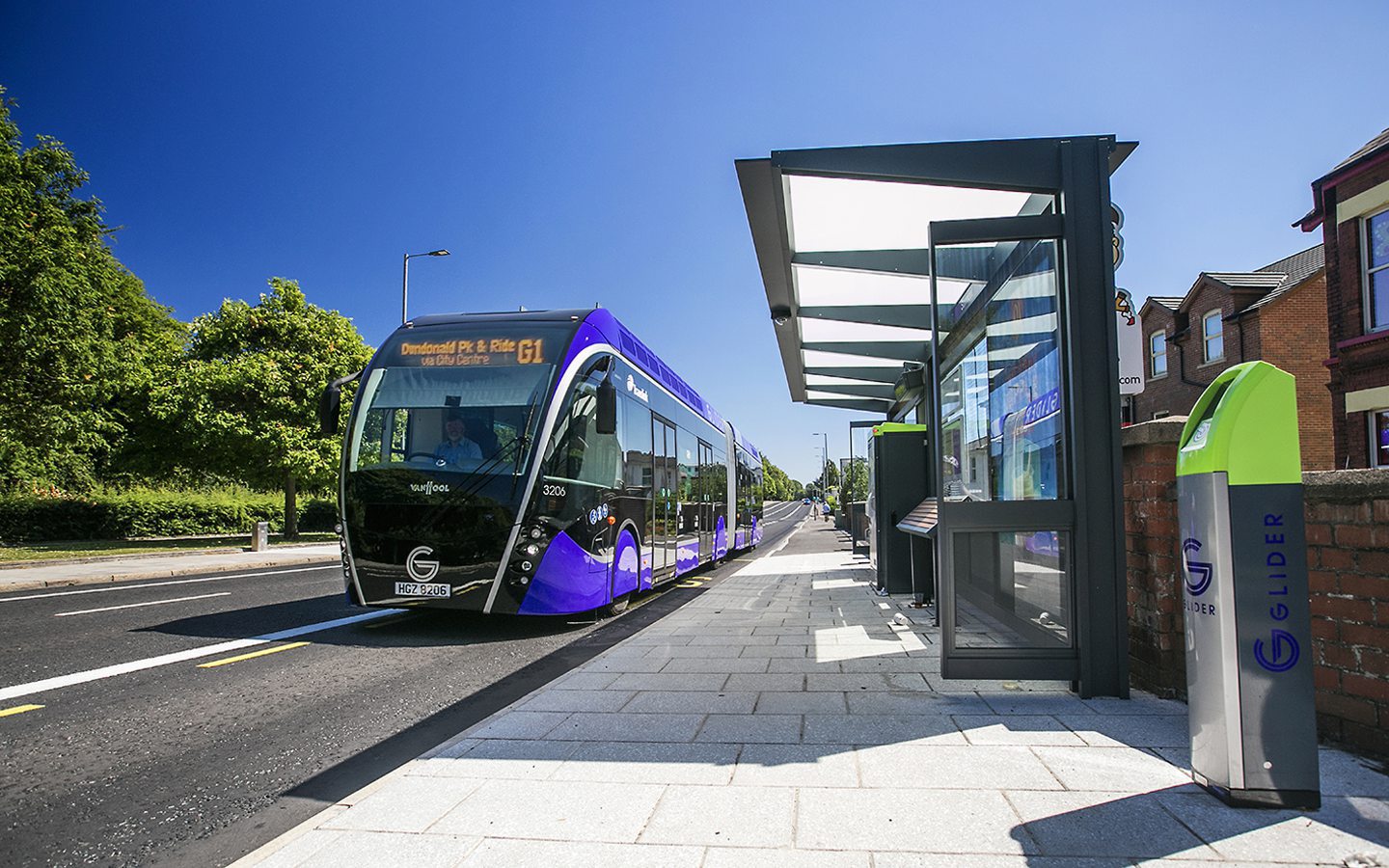
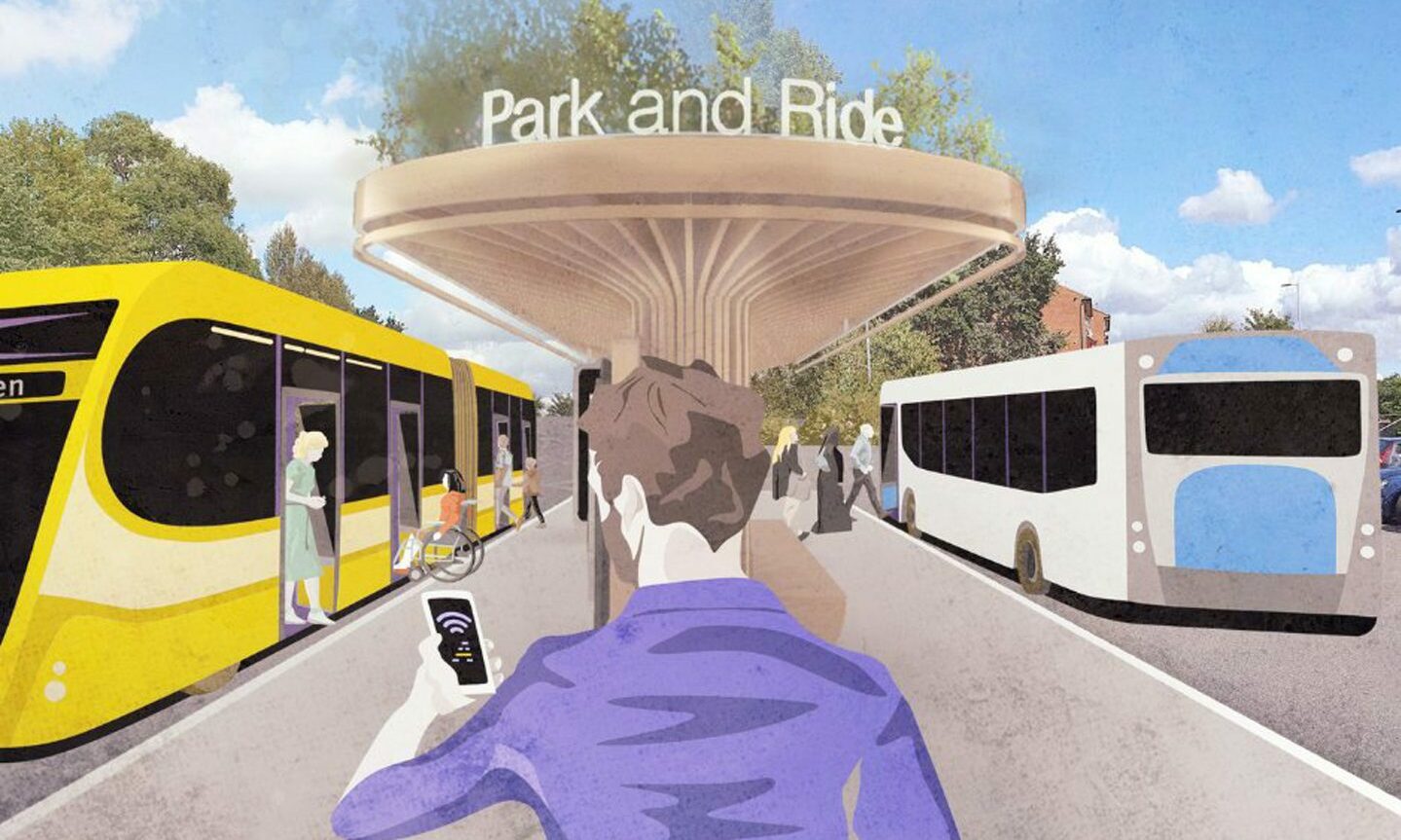
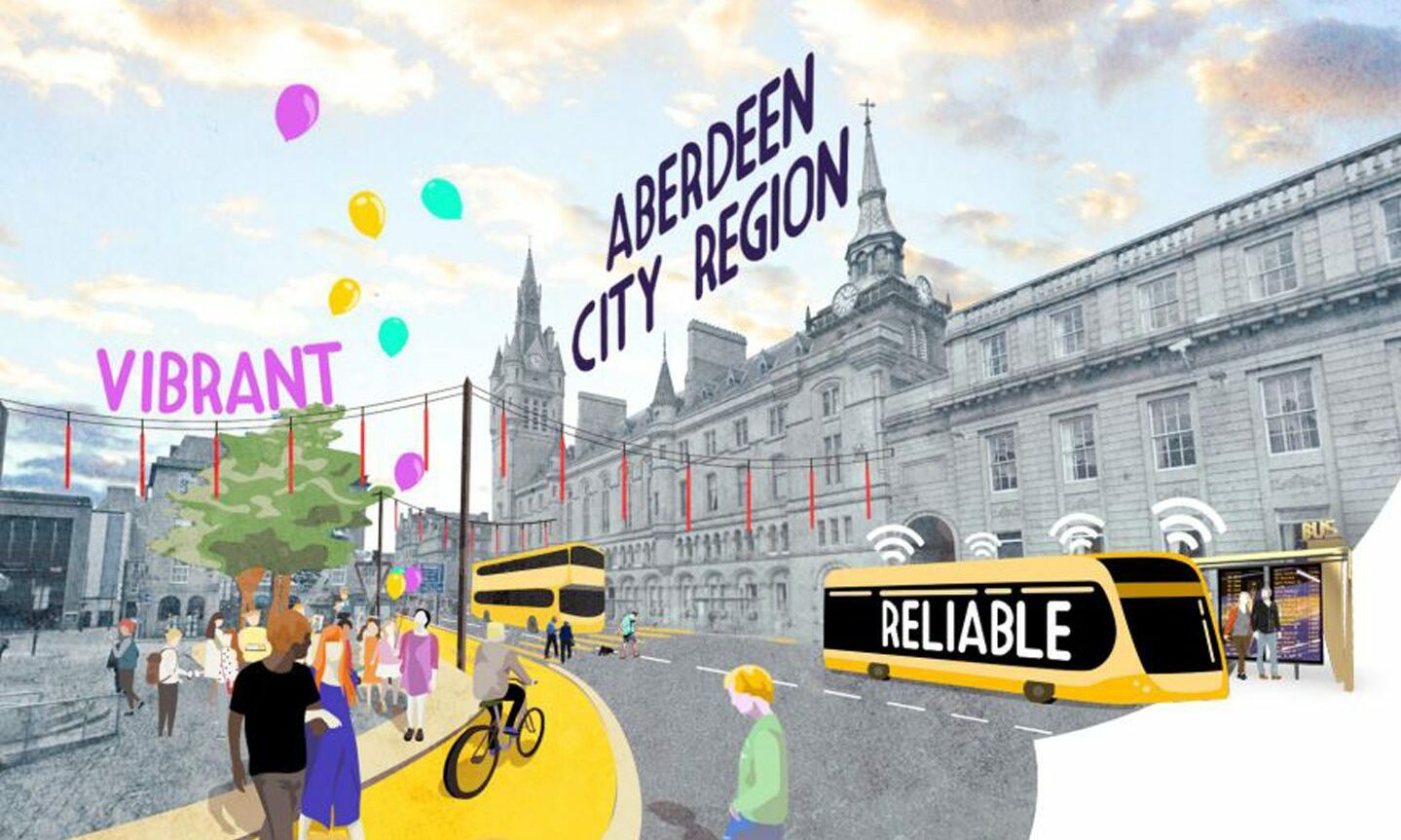

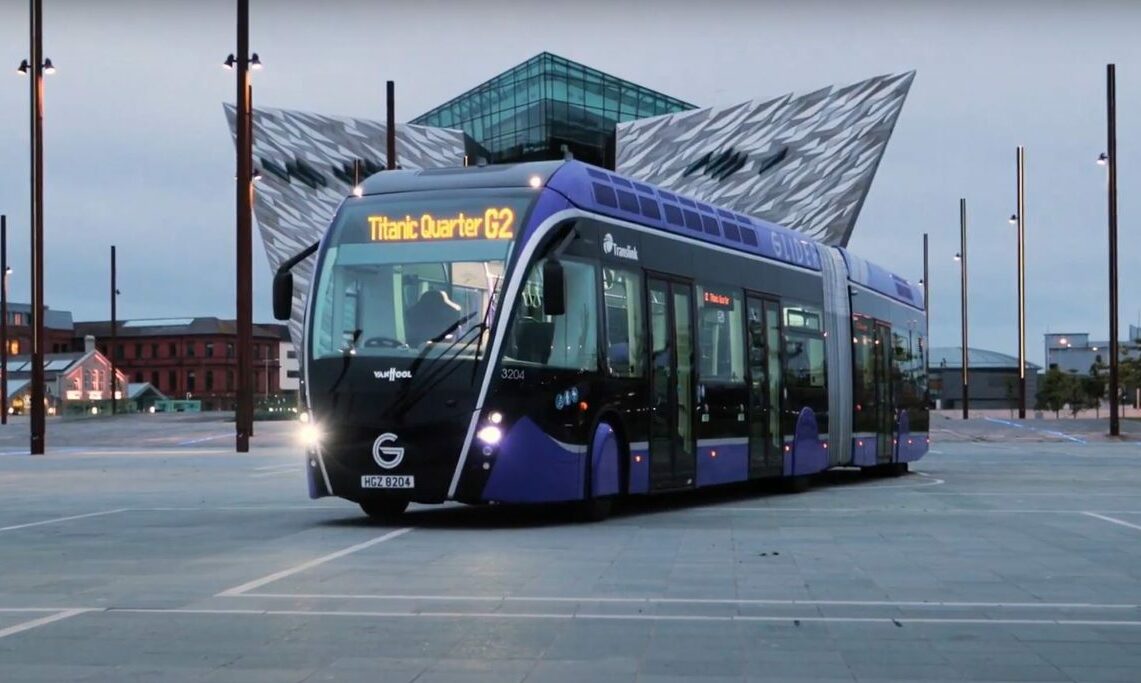
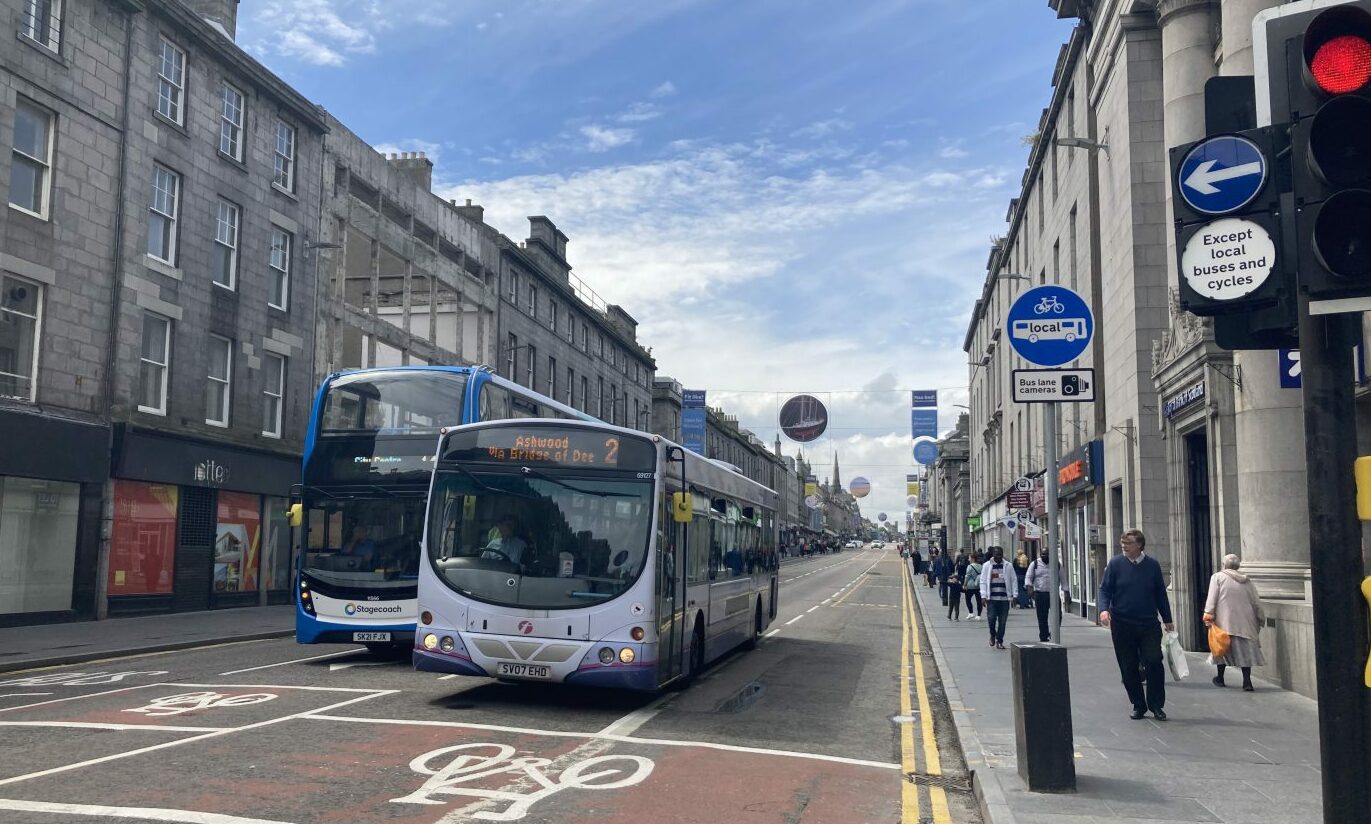
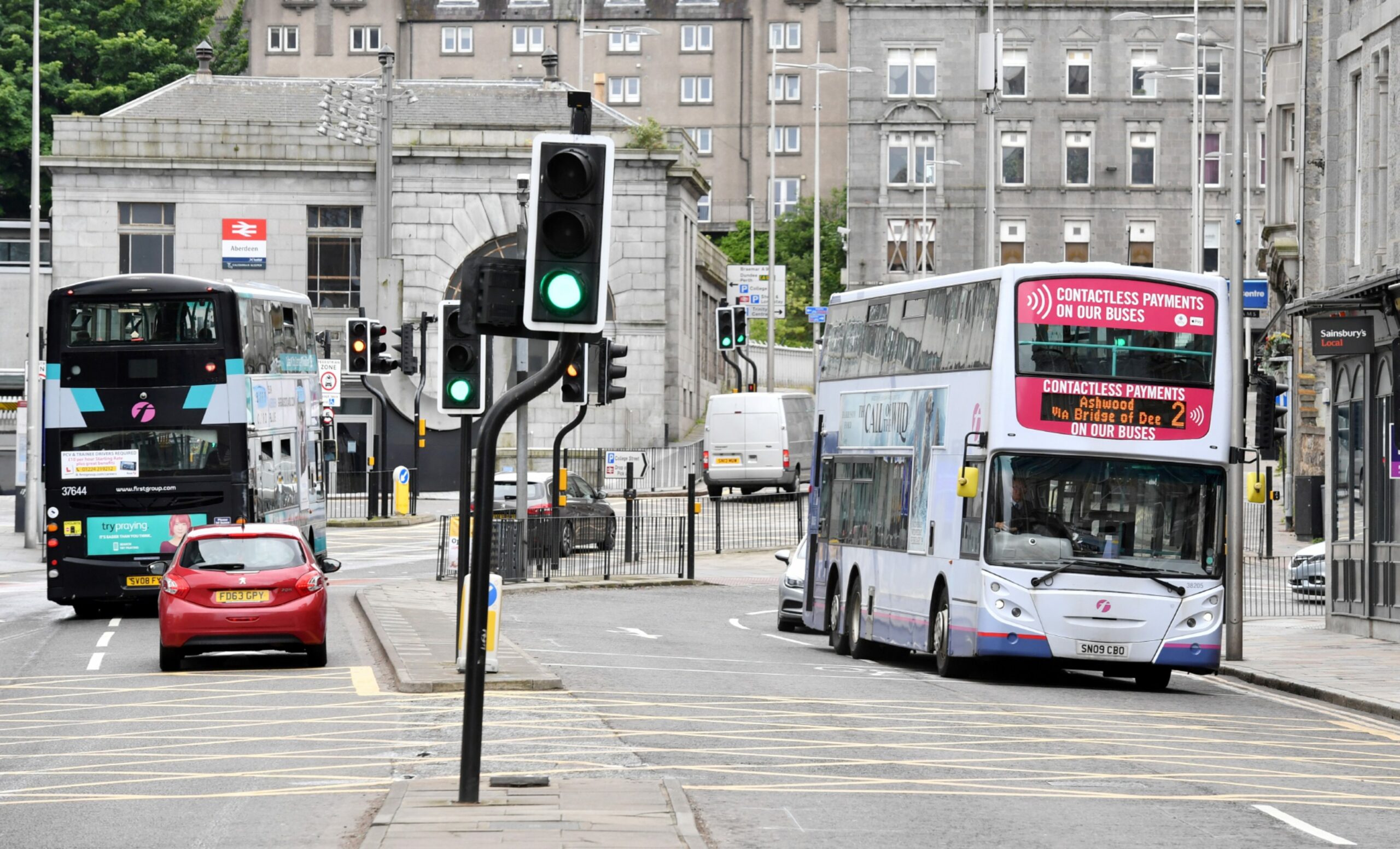
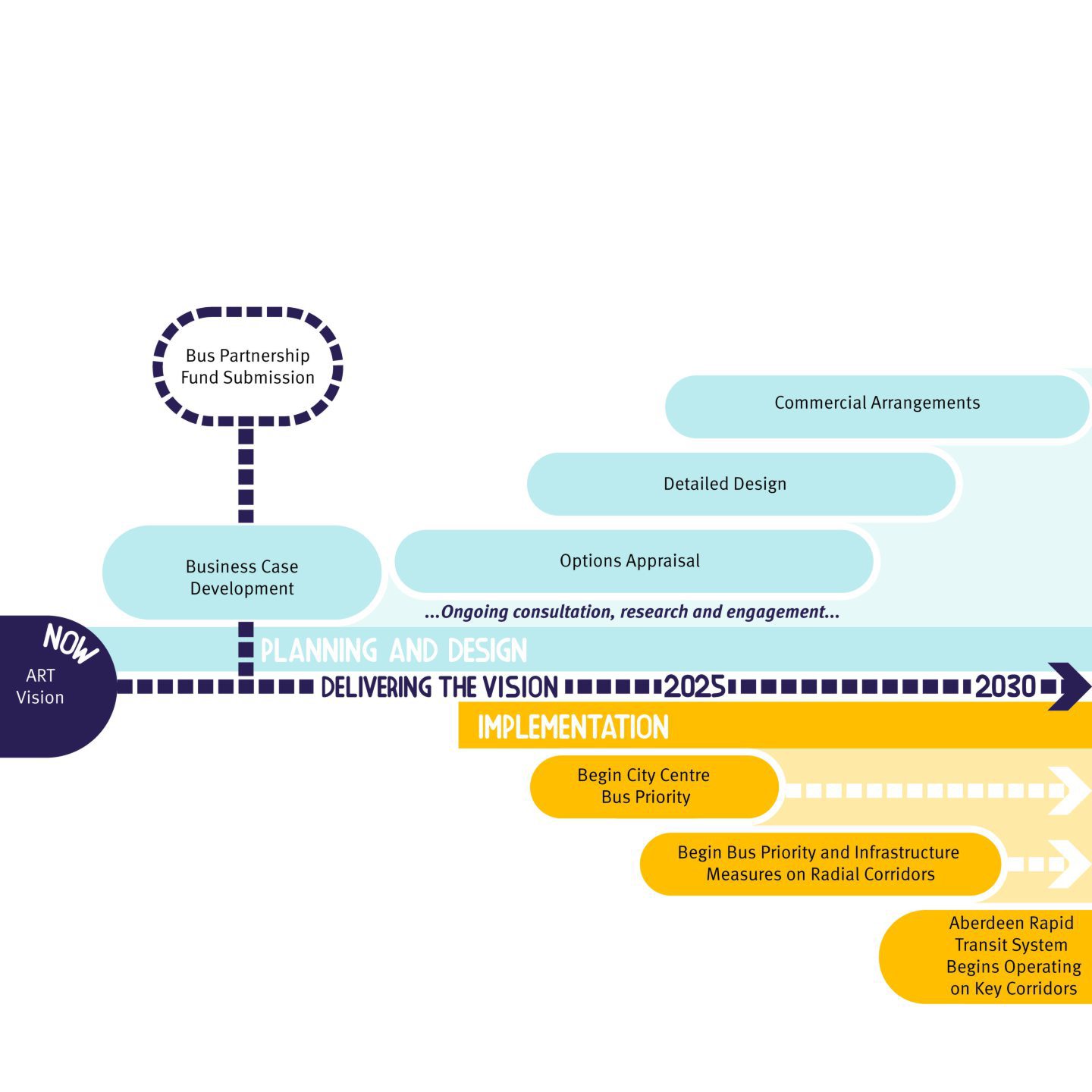
Conversation